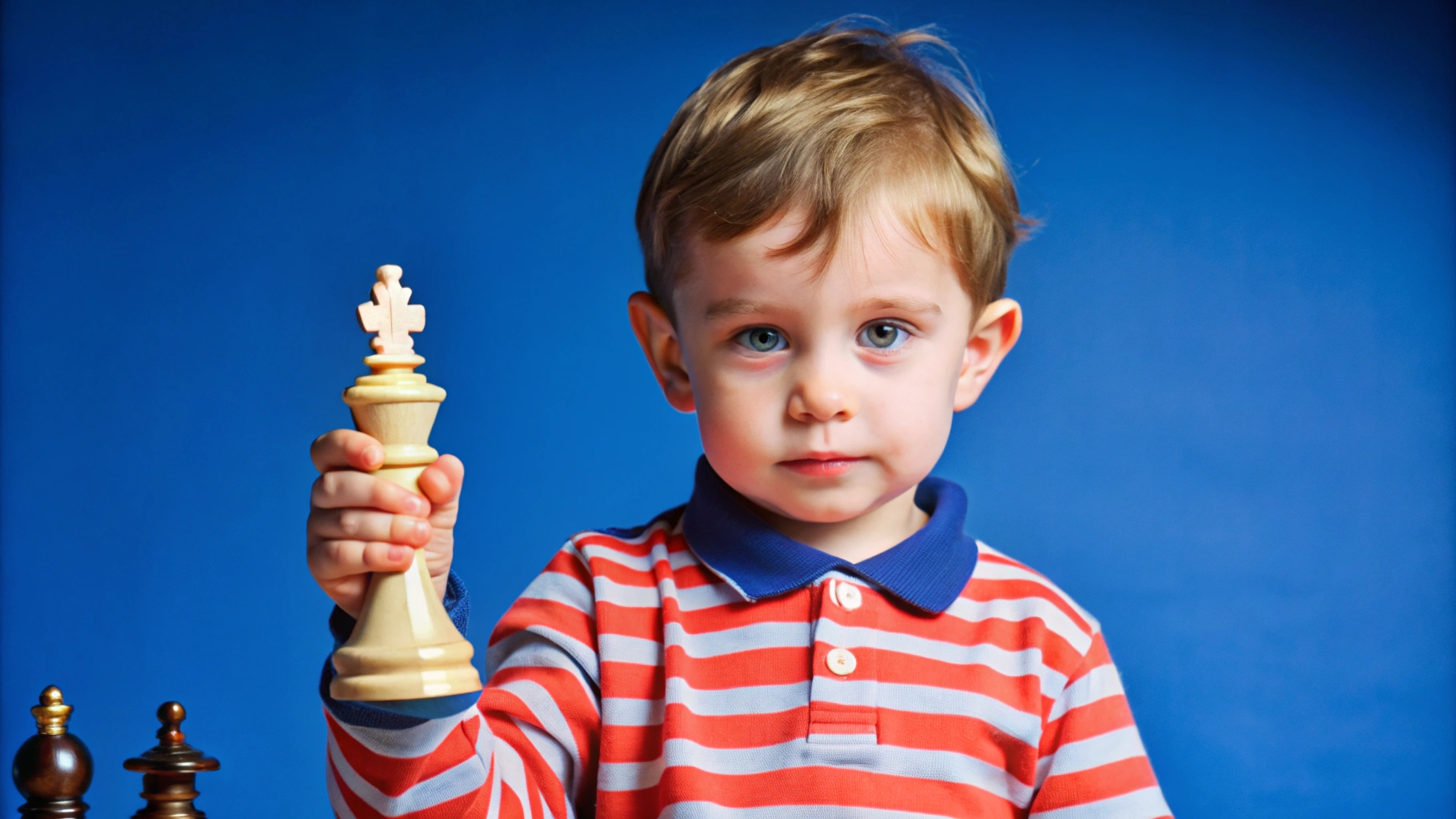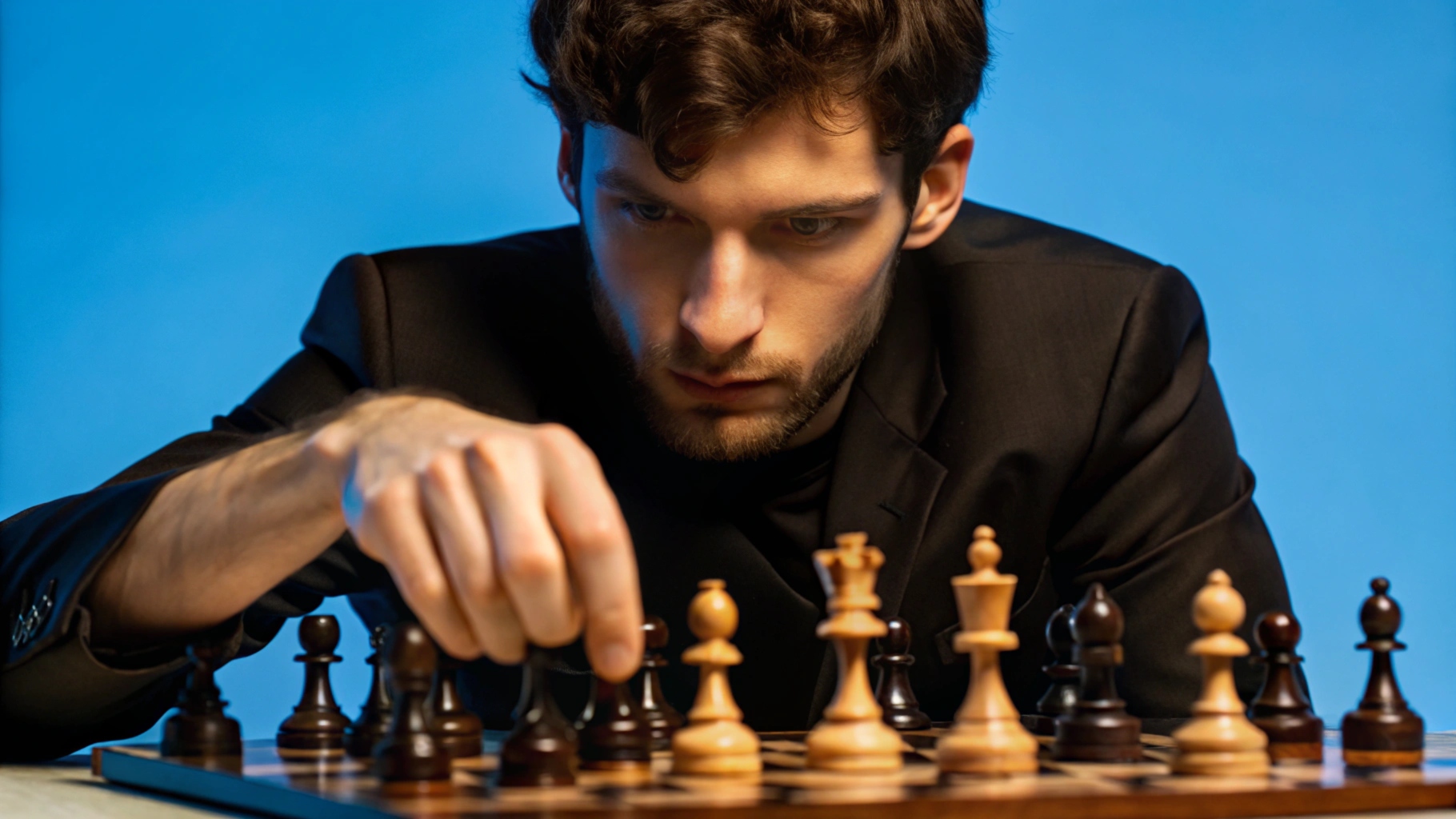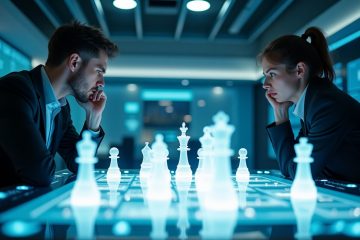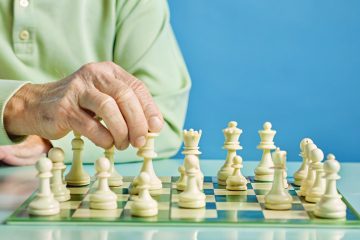The Surprising Benefits of Chess for Hand-Eye Coordination
Chess for hand-eye coordination is a largely neglected subject when speaking about the numerous benefits of chess. As much as the game is known to boost mental skills such as critical thinking, strategy, and problem-solving, physical benefits of the game are not given as much attention.
One of the most astonishing physical benefits of chess is its ability to improve fine motor skill and hand-eye coordination. In fast games such as blitz or bullet chess, the players execute quick, exact movements that facilitate coordination between body and mind. This article looks at the science behind how chess develops physical coordination and proves it‘s an intellect game.
- How does chess improve hand-eye coordination ؟
Chess enhances hand-eye coordination by requiring players to visually track pieces and physically move them precisely. Fast-paced games like blitz chess especially strengthen the connection between brain processing and hand movements.
- Are the benefits of chess for hand-eye coordination supported by research ؟
Yes, multiple studies show improvements in fine motor skills and hand-eye coordination for regular chess players, including children, adults, and patients undergoing neurological rehabilitation.
- Is chess helpful in rehabilitation after neurological injuries ؟
Yes, chess is increasingly used in rehabilitation programs to aid recovery of motor functions and cognitive abilities, especially for stroke patients and those with Parkinson’s disease or brain injuries.
- How can I improve my hand-eye coordination through chess ؟
Start with slow, untimed games focusing on precision, then progress to faster formats like blitz. Consistent practice, solving tactical puzzles, and visualizing moves also enhance coordination.
How Chess Improves Hand-Eye Coordination
-
Visual Tracking and Focus
Chess players must constantly scan the board, track the movement of pieces, and anticipate threats. This constant visual tracking enhances the brain’s ability to coordinate visual information with physical response. Chess players who train on a regular basis learn to have better visual focus, a very important element of hand-eye coordination.
-
Development of Fine Motor Skills
The actual moving of pieces—especially in timed games like blitz or bullet chess—takes controlled, precise hand movement. With repetition, this fine motor action over time helps to build dexterity and muscle memory, which improves the player’s thought-to-action coordination.
-
Timed Games and Rapid Decision Making
Blitz chess and bullet games force players to think quickly and make quick moves under timed conditions. These high-pressure formats exercise both the mental alertness and physical reflexes of a player, radically enhancing the player‘s hand-eye coordination and responsiveness.
-
Enhancing Spatial Awareness
A Historical Perspective: Chess and Coordination
-
Since ancient times, chess was not merely valued as a tool for intellectual growth but also for precision, discipline, and fine motor control development required for chess for hand-eye coordination.
-
In medieval times, soldiers and intellectuals used chess to practice mental focus and physical control, having discovered the game‘s ability to develop coordination and planning.
-
By the 20th century, researchers began examining scientifically how chess aids motor skills, particularly in school and therapy for patients with neurological impairment.
Scientific Evidence Supporting Chess for Hand-Eye Coordination
-
A study published in the Journal of Motor Behavior in 2018 found that kids who regularly played chess had a remarkable 20% boost in their fine motor ability. The advancement proves the effect of constant exposure to chess on precise hand movements involved in work that depends on hand-eye coordination.
-
Research in Cognitive Rehabilitation Quarterly (2021) demonstrated that patients with a stroke who had chess incorporated in the rehabilitation treatment recovered hand movement skills more quickly and effectively compared to those without chess training. The research indicates the therapeutic nature of chess in restoring motor function and balance following neurological injury.
-
A systematic review in Neuropsychological Research Review found that adult chess players improved their hand-eye coordination by roughly 15% after six months of frequent chess practice. This research supports the idea that chess is a useful activity for adults who want to maintain or enhance motor coordination in the long run.
Chess for Children and Neurological Rehabilitation
-
For children, chess is a fun, thought-provoking, and structured activity that promotes mental discipline as well as physical accuracy. Chess advantages students by increasing focus, planning, and hand-eye coordination, all of which assist in healthy cognitive and motor growth at an early stage. Collectively, these factors make chess a powerful tool for overall child growth.
-
In neurologic rehabilitation, there is growing application of chess to stimulate fine motor recovery and intellectual stimulation. Chess in this field has a significant benefit—patients with stroke, Parkinson‘s disease, and traumatic brain injury can improve their motor function and mental clarity by playing the game of chess. This two-way challenge stimulates neural plasticity and facilitates quicker, better recovery when combined with conventional treatment.

Chess vs. Other Coordination-Boosting Activities
Video Games: Video games also promote hand-eye coordination but tend to emphasize reaction time over strategic thinking. Coordination is built in chess by intentional, thoughtful movement linked with higher-order thinking.
Typing: Typing buildsspeedandaccuracy,asdoeschess.Butchessalsoengages visual-spatialability,planningon an extended timeline, andsolvingproblems in the moment.
Physical Sports: Basketball or tennis sport increases coordination through the entire body movement. Chess, however, increases fine motor skills and is accessible to all ages and fitness levels.
Practical Applications: Why Coordination Matters
Improved hand-eye coordination through chess can enhance daily activities such as:
- Typing and writing
- Driving and parking
- Playing musical instruments
- Managing tools and devices
- Multitasking at work or home
Tips for Boosting Hand-Eye Coordination with Chess
a. Start with Slow Games
Begin playing chess with untimed or slow games. This allows you to concentrate on making accurate, reflective moves rather than rushing. Playing slowly enables you to develop the fundamental relationship between your visual focus and hand movements and build stronger hand-eye coordination through reflective, cautious movements.
b. Progress to Blitz or Bullet Formats
Once you have become accustomed to slow games, challenge yourself with timed varieties like blitz or bullet chess. These faster games require rapid decision-making and quick accurate piece movements under tension. Occasional practice within these formats enhances your mental acuity and hand speed in addition to coordination.
c. Practice Consistently
Consistency breeds improvement. Practicing chess on a regular basis consolidates muscle memory, improves concentration, and smooths the hands’ movements. The more you play, the smoother precise coordination will be, making challenging movements second nature.
d. Solve Chess Puzzles
Do tactical problems that challenge your pieces to move in precise and deliberate ways. These exercises train your brain to plan ahead and your hands to execute in the correct manner, reinforcing the connection between mental preparation and physical action. Chess problems are an enjoyable, effective way to enhance your strategic mind and hand-eye coordination.
e. Visualize Moves Before Executing
Before physically moving a piece, try mentally rehearsing your planned moves. Visualizing sequences of moves enhances your ability to track multiple pieces and anticipate future positions. This mental practice sharpens your visual tracking skills, making your hand movements more confident and accurate.
f. Combine with Fine Motor Exercises

Did you ever consider that chess for hand-eye coordination would be one of the best secrets of this ageless game? Chess is more than a battle of wits—it’s a tool that strengthens the bond between mind strategy and physical movement. By incorporating chess into your daily life, you can experience numerous benefits of chess, some of which include significant improvement in hand-eye coordination and fine motor skills.
Whether you’re a parent looking for a fun way to boost your child’s development, a senior seeking mental and physical engagement, or someone undergoing rehabilitation, chess offers a unique, accessible path to sharpen both mind and movement. Why not start experiencing these benefits today? Your brain and body will thank you.



0 Comments